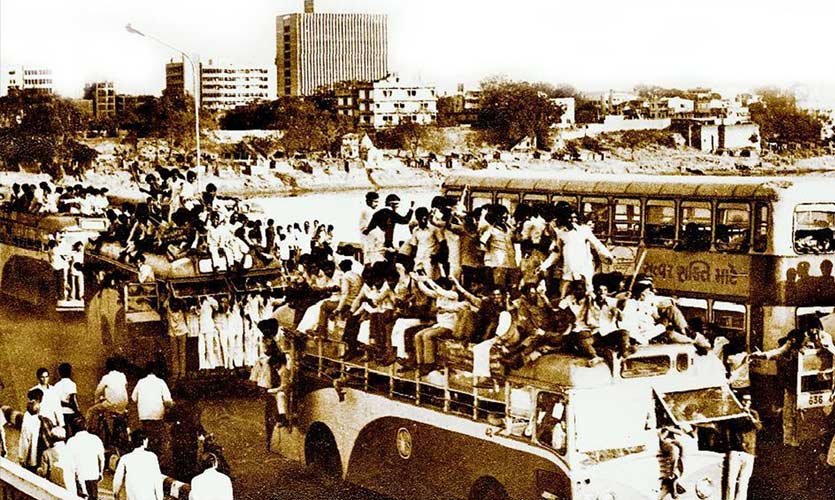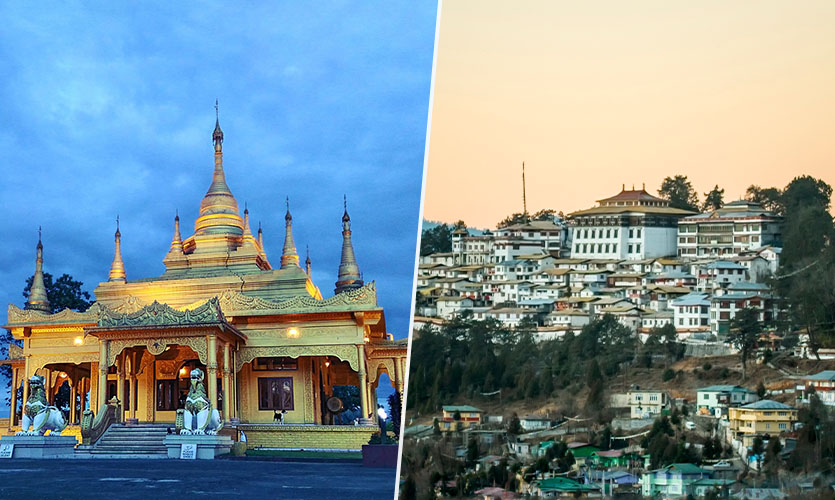On May 1, the states of Maharashtra and Gujarat celebrate the years of efforts of two groups of people in the post-independent, erstwhile state of Bombay, which came to a successful conclusion back in 1960. The two movements mobilised to attain statehood on a linguistic basis and divide Bombay into two separate states had led to several protests for close to five years. While these were not the only movements, they were arguably the most significant ones.
Post-independent India consisted of over 500 princely states, and the responsibility of unifying the country fell on the shoulders of various committees and political leaders at the time. In 1948, the SK Dhar Commission and the JVP committee were reluctant to create states based on language. Additionally, leaders like Jawaharlal Nehru and Sardar Vallabhai Patel were also opposed to the idea, saying that it would threaten India’s integrity.
However, amid mounting pressure from different groups after the formation of the state of Andhra Pradesh based on language, the Indian government created the State Reorganisation Commission in 1953, which was given the responsibility of finding ways to redraw the boundaries. In 1955, the three-member commission, spearheaded by Fazl Ali, submitted a report suggesting the reorganisation of the existing 27 states, into 16 states and three Union Territories. Reportedly, in 1953, the State Reorganisation Commission had also proposed dividing Bombay into three states – Maharashtra, Gujarat and Bombay.
The Parliament passed the State Reorganisation Act in 1956, based on the commission’s findings, and created 14 states and six UTs. This led to the creation of new boundaries across India, including the state of Bombay, administrating the Kannada-speaking parts under the erstwhile state of Mysore. As a bilingual state, Bombay included the Marathi-speaking Marathwada and Vidarbha regions, and the Gujarati-speaking Saurashtra and Kutch areas.
Subsequently, protests erupted in Bombay, with the Mahagujarat Andolan fighting for a Gujarati-speaking state. The term Mahagujarat had been coined by Kanaiyalal Munshi, a writer and politician who had addressed the Gujarati Sahitya Parishad meeting in Karachi, in 1937. The movement was initially called the Khambhi Satyagraha. Several accounts suggest that the agitation began on August 8, 1956, when three rallies consisting of 500 college students gathered at the Congress Bhavan in Ahmedabad. The local leaders were not a part of the rally and attempted to calm the students down, but the police opened fire, resulting in the death of at least five to eight students. This incident sparked more protests that spread across the state. The movement was then guided by Indulal Yagnik, a prominent activist and politician.
On the other hand, in Marathi-speaking districts, the movement for a Marathi-speaking state was led by the Samyukta Maharashtra Samiti, an established organisation under the leadership of Congressman Shankarrao Deo. The movement also opposed the proposal of Bombay (modern day Mumbai) being led by the central government as a UT, as the Marathi-speaking population there vehemently disagreed with it. However, the idea was backed by Morarji Desai, the former chief minister of the state of Bombay, as he was reportedly being pressured by Gujarati business leaders to make Bombay city a part of Gujarat, or a Union Territory. The Samyukta Maharashtra Movement demanded that Bombay should be a part of Maharashtra, with speakers like Prabodhankar Thackeray, Senapati Bapat, SM Joshi, among others, leading the charge between November 1955 and January 1956. Former CM Desai had reportedly ordered the police to open fire against protesters, which killed at least 106 people.
The movements concluded after the Bombay State Reorganisation Act was implemented on May 1, 1960. While Maharashtra and Gujarat attained statehood, former prime minister Jawaharlal Nehru made Bombay city a part of Maharashtra, Belgaum and Karwar a part of Karnataka, and Dang a part of Gujarat. The areas of Daman and Diu were restructured as union territories.










